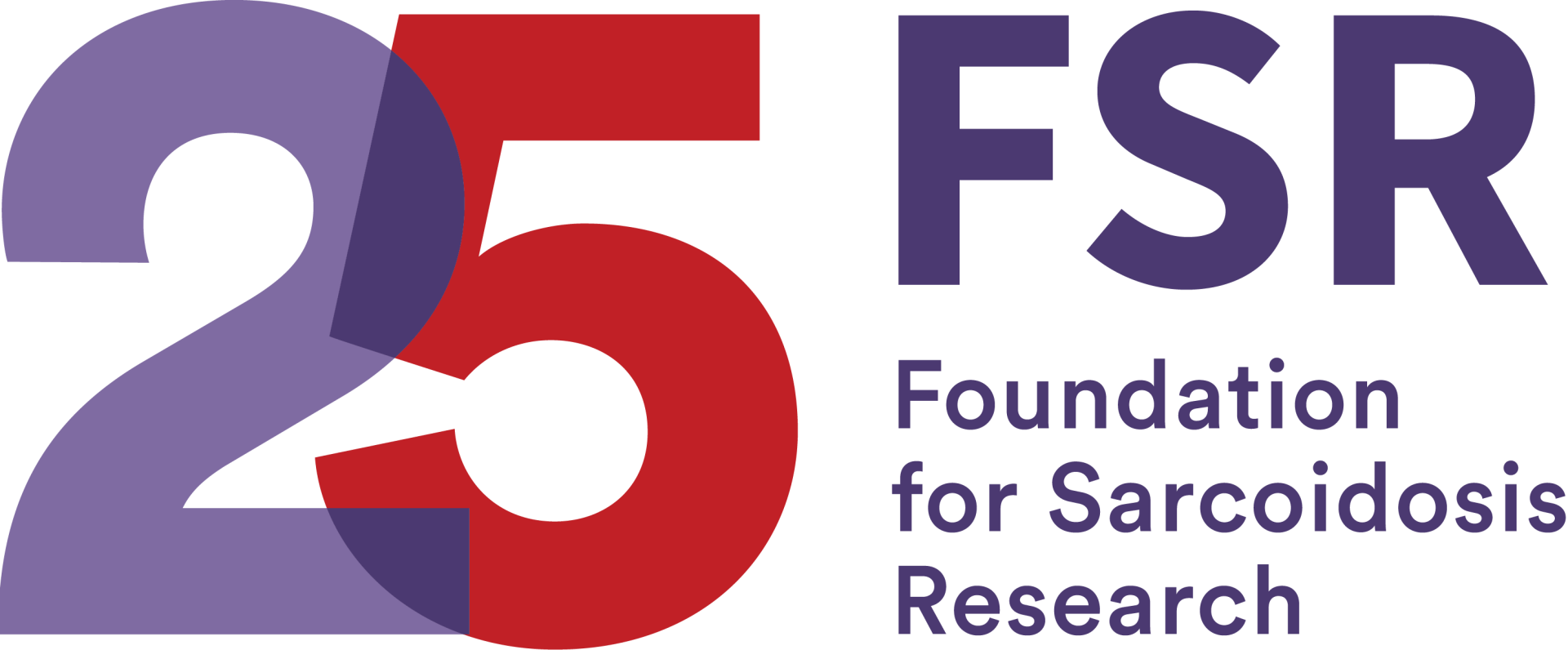21st Century Cures Becomes Law
The final version of the 21st Century Cures Act was signed into law by Obama on Dec. 13, 2016. The bill has 17 titles with roughly 300 subsections, addressing a wide variety of current needs in health and medicine. The campaign #CuresNow helped build the momentum that got the bill passed, but how soon can patients really expect results- especially when there are almost 6,500 rare diseases with no known cure?
The rare community rallied for this act so that new therapies can be available to patients who need them, as soon as possible. However, change takes time and this progress has to come at a reasonable pace, for several reasons. One is funding- the act establishes new NIH and FDA grants, which will be awarded to “innovation projects.” This funding is extensive- the NIH grants alone amount to almost $5 billion, the FDA funding an additional $500 million- but spread across a 10-year span. This means projects may take a few years to get started, but it also ensures the funding won’t run out before some real progress can happen.
Safety is another concern that has caused some caution. Some opponents of the act criticized how it will loosen FDA approval regulations; they believe this would risk endangering patients with hasty drug approvals. However, these regulations are what often prevent new drugs from being approved, creating a bottleneck in the drug discovery pipeline. In some cases, patients have been waiting for too long for treatments and for others, a new drug may be their only chance at survival. Contrary to critic beliefs, however, the act doesn’t plan on simply breaking the FDA rules for certain drugs.
One example of how the act will “loosen regulations” is the proposal to allow the use of “real world evidence” when approving new indications for previously-approved treatments. In other words, if physicians have already seen success when prescribing a drug for off-label use, then why should that drug have to undergo the same lengthy clinical trials as a new drug that hasn’t been proven safe yet?
However, the 21st Century Cures Act doesn’t determine that real world evidence can be used in place of clinical trials. Instead, it will establish a program that can evaluate the potential risks and rewards of using real world evidence for drug approval. The findings of this program will decide if real world evidence is a safe and valid replacement for clinical testing.This means it may be a while before we see changes in the FDA regulations surrounding drug approval. Off-label use of drugs is pretty common in sarc treatment, but for some patients these treatments won’t be accessible until they are FDA approved.
While the act doesn’t guarantee cures now, it does mean we’ll have cures sooner. The 21st Century Cures Act has huge implications for biomedical advancements over the next decade, especially when it comes to drug development and rare disease research. The passing of this bill represents a commitment to making these healthcare issues a priority, and the funding ensures it will stay this way for at least a decade.
The Power of the Rare Community
What may have been the most powerful part of this process, however, was the unity of the rare patient community. The EveryLife Foundation spearheaded the #CuresNow campaign and hundreds of patient advocacy organizations joined in. This indicates great things for the future of rare disease advocacy. The rare community definitely made a statement: while there may be fewer than 200,000 patients per rare disease (often many fewer), together these patients represent a huge population that can’t be ignored. Nicole Boice, CEO at Global Genes said it well:
This important legislation will help continue to identify and accelerate the development of therapies, treatments, and cures for rare disease. But what has been most compelling to us is seeing the rare disease community come together and unify efforts for a common goal. This is a win on so many levels for the community. It shows we can accomplish much when we work strategically together.
What’s Next
While 21st Century Cures was passed, it was missing a crucial component: a part of the original bill that was cut from the final version signed by the president. This component is the OPEN Act, or Orphan Product Extensions Now Accelerating Cures and Treatments Act of 2015.
The OPEN Act serves to incentivize biopharmaceutical companies to repurpose approved therapies for new rare disease indications. The OPEN Act had the potential to make better treatments more accessible for rare patients. This is likely the next big fight for the rare community, and one that we’re ready to take on!
Read the 21st Century Cures Act, or check out these useful pages:
Learn more about the OPEN Act and stay up to date on what advocacy you can do!
Feature photo from whitehouse.gov
